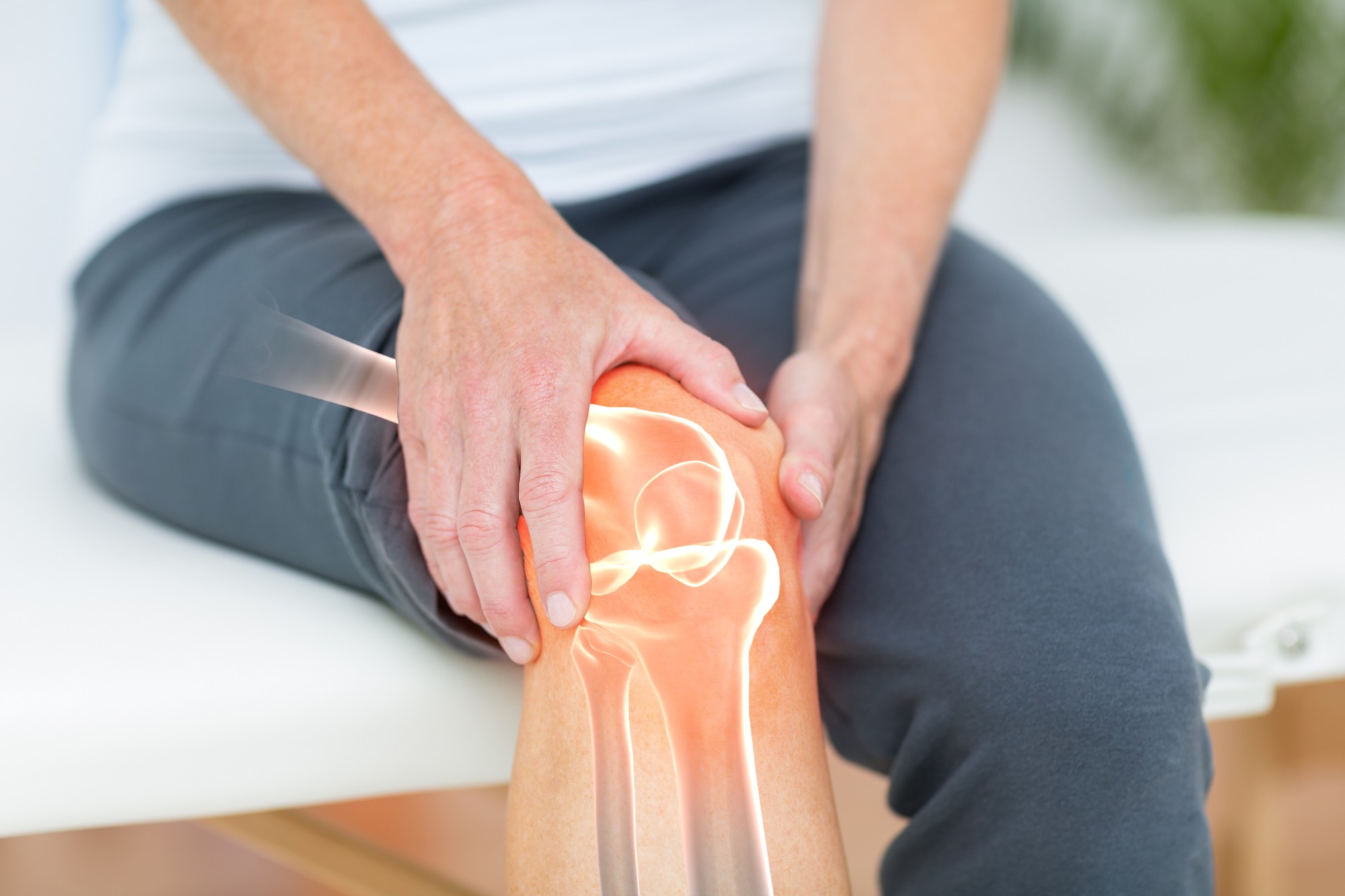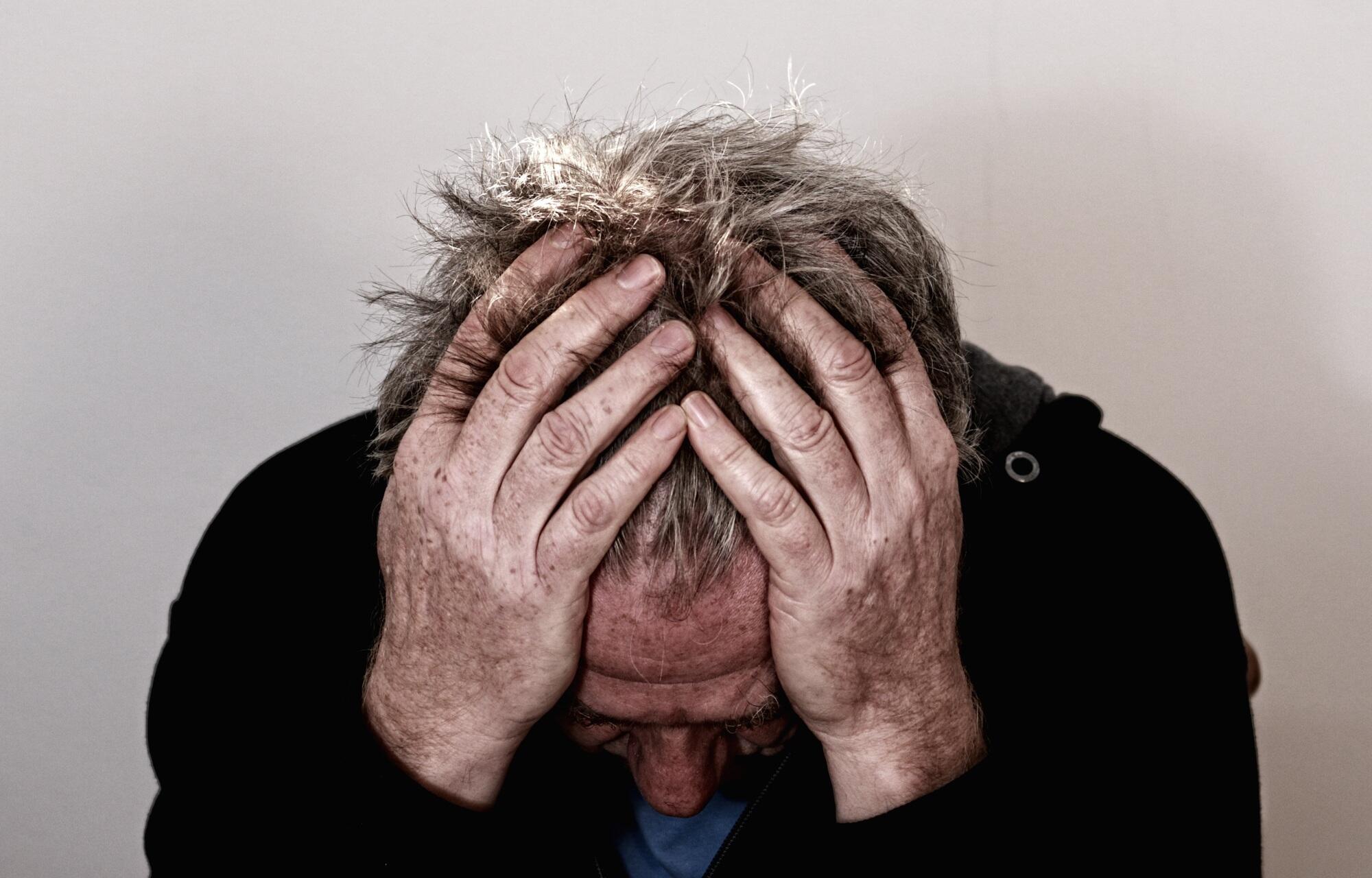
7 Early Signs and Symptoms of Arthritis, and How You Can Relieve the Pain

In the United States of America, 23% of all adults suffer from arthritis — but although the problem is common, it can often feel nerve-wracking.
Arthritis can result in numerous problems and is increasingly likely as someone grows older, making it a frightening thing to be diagnosed with and experience. The best thing you can do is to keep an eye out for it and fight it early so you have the techniques and help down to keep your quality of life high.
If you’ve begun to experience what you think might be some signs and symptoms of arthritis, or you want to keep an eye out for them, it’s best to know exactly what the accurate signs are.
Don’t worry, though — if you do have arthritis, you needn’t suffer. Things can be done to help.
1. Decreased Range of Motion
One of the common initial symptoms of arthritis is a decreased range of motion. You might not be able to get up and turn around quite as quickly as you once could, or bend in certain ways.
It might become obvious when doing activities you once could with ease, like cleaning hard to reach places.
One of the symptoms of arthritis in hands is difficulty writing or typing, something that may have once presented no trouble but now does.
2. Pain
Another of the most common early symptoms of arthritis — if not the most common — is pain. Pain can be intermittent and come in jolts or it can be something that’s constantly there, a dull ache in a joint or bone that won’t seem to go away.
Pain can be a symptom of many things, so if you’re worried about it in any way or it won’t go away on its own, it’s time to see a doctor.
If it’s accompanied by some of these other symptoms, then it may indeed be arthritis that you’re experiencing.
3. Swelling and Redness
Swelling and redness can accompany arthritis. If you’re experiencing pain somewhere where you find this occurring — and it’s not due to a brief injury or anything obvious — it might be arthritis that you have.
This can occur in any part of the body where the other symptoms are present.
4. Stiffness
It may not be pain that you’re experiencing or the lack of ability to get up quickly or write as fast as you used to. It might just be that you feel stiff, especially in cold weather.
If you’ve been sitting down for a while, it takes your body a second to get back into the groove of moving, or waking up in the morning is difficult.
Stiffness is one of the most common ways people discover they have arthritis, so if it’s excessive or causing you any difficulty, it’s best to have a medical professional look into it and determine the cause.
5. Difficulty Walking
If the arthritis is in your feet, legs, or hips, you may discover that you have some trouble walking — one of the most inconvenient signs of arthritis.
Sometimes this will ease off within the first few steps and you’ll be back to normal. Sometimes it will stick, and make it extremely difficult to walk long distances.
6. Bumps
One of the lesser-known symptoms of arthritis is the bumps it can cause. These are most common in the hands and fingers but are essentially nodules that protrude out of the bone.
The most common types of arthritis can cause these.
7. Fatigue
Often brought on by the other symptoms and the pain of simply dealing with it all, fatigue is another strong sign of arthritis.
Perhaps you’ve had trouble walking around, you’re stiffer than usual, or you’re just in a lot of pain. If you’re very tired, coupled with some of the other signs and symptoms of arthritis, it’s likely that this is exactly what’s wrong with you.
If you have fatigue that just won’t go away, however — whether it’s accompanied by other signs or not — it’s time to see a professional. Much like pain, this can be a symptom of many things, and arthritis is simply one possibility.
What to Do About the Pain
If you’ve been diagnosed with arthritis, or suspect that’s what might be wrong, you might feel condemned to a life of mild to moderate suffering.
Never fear. There are many things that can be done about arthritis pain.
Exercise
Exercise can help the pain of arthritis, but it’s important to do your research. Any exercise you choose to do should strengthen the muscles, but not damage the joint in pain.
A professional will be able to help you choose the right exercise for you.
Medication
It’s usually fine to take over-the-counter medication for arthritis. Make sure they don’t conflict with any other medication you might be taking.
Everyday Awareness
Keep an eye on your posture. Make sure you’re moving around every day and giving the joints a chance to stretch.
It’s important not to become stagnant.
Don’t Let the Signs and Symptoms of Arthritis
Get You Down
The early signs and symptoms of arthritis can be frightening. You don’t know how much worse it’s going to get, or if you’re going to have to learn to live with pain.
Fortunately, there’s much that can be done for arthritis. See a medical professional and check if that’s what the problem is and if it is, find a solution.
Everyday exercise, awareness of your posture and where the problem is, and over-the-counter medication can be great solutions. Seek help and don’t suffer in silence.
For more arthritis pain solutions, check out our products that can help to manage the discomfort.

